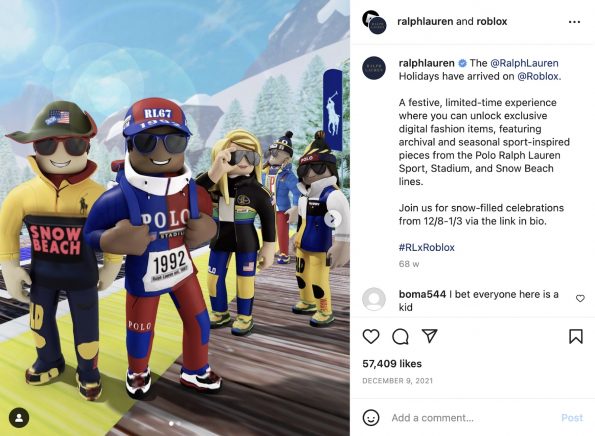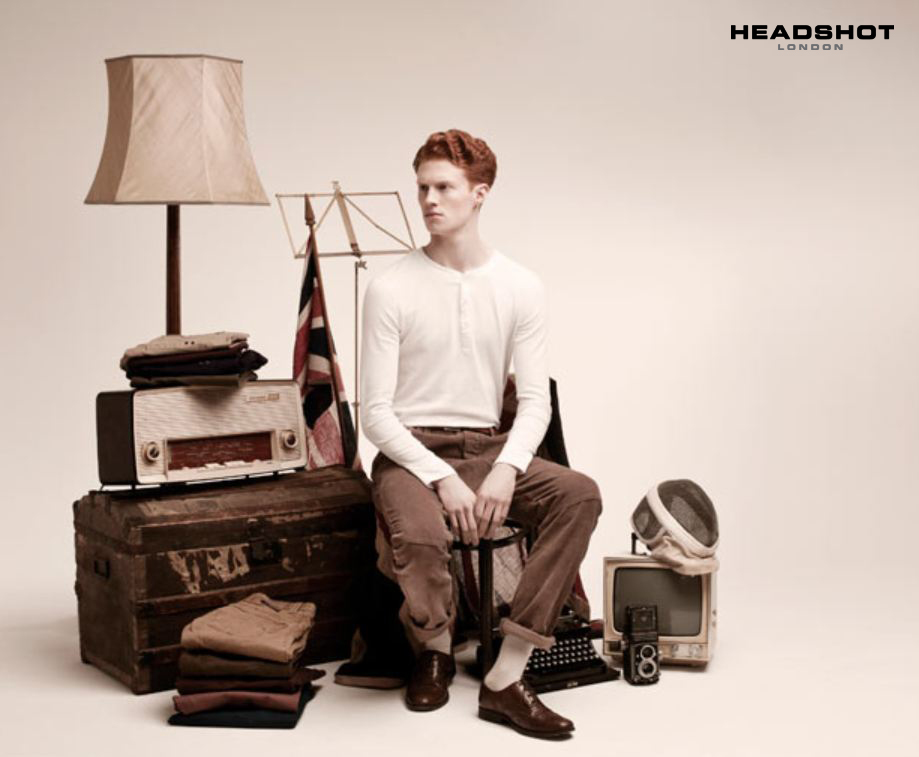Could the Rise of Metaverse Fashion See Style Evolution Accelerate?
One of the most exciting things about the emergence of the metaverse is that nobody really knows what its final form will look like. However, in a virtual world with perfect weather and few limitations, it seems likely that fashion will thrive on a scale that we’ve never seen before.
In the world of tomorrow, experts are predicting that we’ll work and play in metaverse worlds while expressing ourselves virtually through the use of avatars that we can dress and shape to either match our real-world image and tastes, or to go completely off-the-wall and to style in the most outrageous fashion.
Brands like Gucci are already selling metaverse products for a higher price than their real-world counterparts, but is the buying and selling of fashion that we can’t actually experience in real life really going to catch on? If the world of gaming is anything to go by, the answer is a resounding ‘yes.’
Today gaming cosmetics such as skins for virtual video game avatars of players have become a market valued at an estimated $50 billion. Does this concept sound familiar? That’s because many of the gaming industry’s leading titles that offer skins, like Fortnite and Roblox, are already regarded as metaverse games.
So, if metaverse fashion is inevitable, what will it look like? What will the metaverse fashion impact be? The answer to this can be a little more tricky, simply because we’re going to be transferring our traditional fashion tastes into worlds where rules simply don’t apply.
Fashion Without Limitations
“The industry has realized that the virtual world, despite being based on imaginary creations, actually has profound utility when it comes to garments,” said Lokesh Rao, CEO of Trace Network Labs. “The evolution of design technologies allows creative freedom for all designers, but some clothes they design can never be worn in the real world. The Metaverse removes this hurdle — a digital avatar can wear any garment without any constraints of type, design, fabric and use.”
How would you dress in a virtual environment where your clothes are digitally guaranteed within NFTs and are immune to the elements and wear and tear over time? Depending on how the metaverse evolves, users could be capable of wearing their favorite outfits every day, and in every scenario–whether they’re attending a virtual social event or playing golf.
These clothes could be bought and traded across NFT market places to keep looks in-line with the latest trends, and it would be possible to switch styles in seconds to try out fresh color combinations and trending outfits.
Furthermore, there will be no need for seasonal wear in a metaverse without seasons, so fashion would abandon its pre-existing cycles, leaving brands to grow in any direction they want.
“This space will allow many young creators around the world to flourish,” says Marjorie Hernandez, co-founder of the Dematerialised and blockchain platform Lukso. “I believe we are coming to the new era of art and a completely new wave of creators.”
How Brands are Navigating Metaverse Fashion
There’s been no shortage of brands seeking to build into the metaverse, so what direction is digital fashion taking in these early stages of collaborations?

When Ralph Lauren teamed up with Roblox in late 2021, it was immediately apparent that brands wanted their specialist digital designs to be recognizable.
In a landscape where avatars are perpetually interconnected with other users, the emergence of metaverse fashion can double up as an excellent marketing tool for fashion designers.
Sports brands like Nike have also taken the more ostentatious approach to fashion design, and have even opened the door to external creators to take on the label’s iconic styles and let their imagination run wild.
Interestingly, leading fashion house Gucci recently opted to partner up with successful NFT brand and Bored Ape Yacht Club creators Yuga Labs to develop their own line of digital goods. This will likely see more traditional styles sold alongside purpose-built digital accessories. For users, it may open the door to turn their avatars into real-world Gucci eyewear range wearing guys who just so happen to possess the facial expressions of a bored ape.
The Rise of Virtual Marketing
When it comes to new technological frontiers, and especially those that carry major market opportunities for brands, the most likely metaverse fashion impact is that more aggressive marketing approaches will reign supreme.
While there may be a push for fashion mundanity that closely replicates real-life clothing trends in response to the hyper-creative and outlandish fashion trends of the metaverse, we’re far more likely to see a gold rush for users to adopt their favorite brands and stand out from the crowd as the metaverse becomes more mainstream.
Perhaps a close example of how the metaverse will eventually look can be found in Balenciaga’s partnership with Fortnite to create skins for characters. Featuring branded hoodies, animal print catsuits, graphic-rich jackets, and shiny apparel, the most likely form that the metaverse will take will combine brand recognition with daring styles.
With some early metaverse fashion collections reaching sale prices of almost $400,000, it’s perhaps understandable that the fashionistas of tomorrow will be eager to get themselves noticed.

